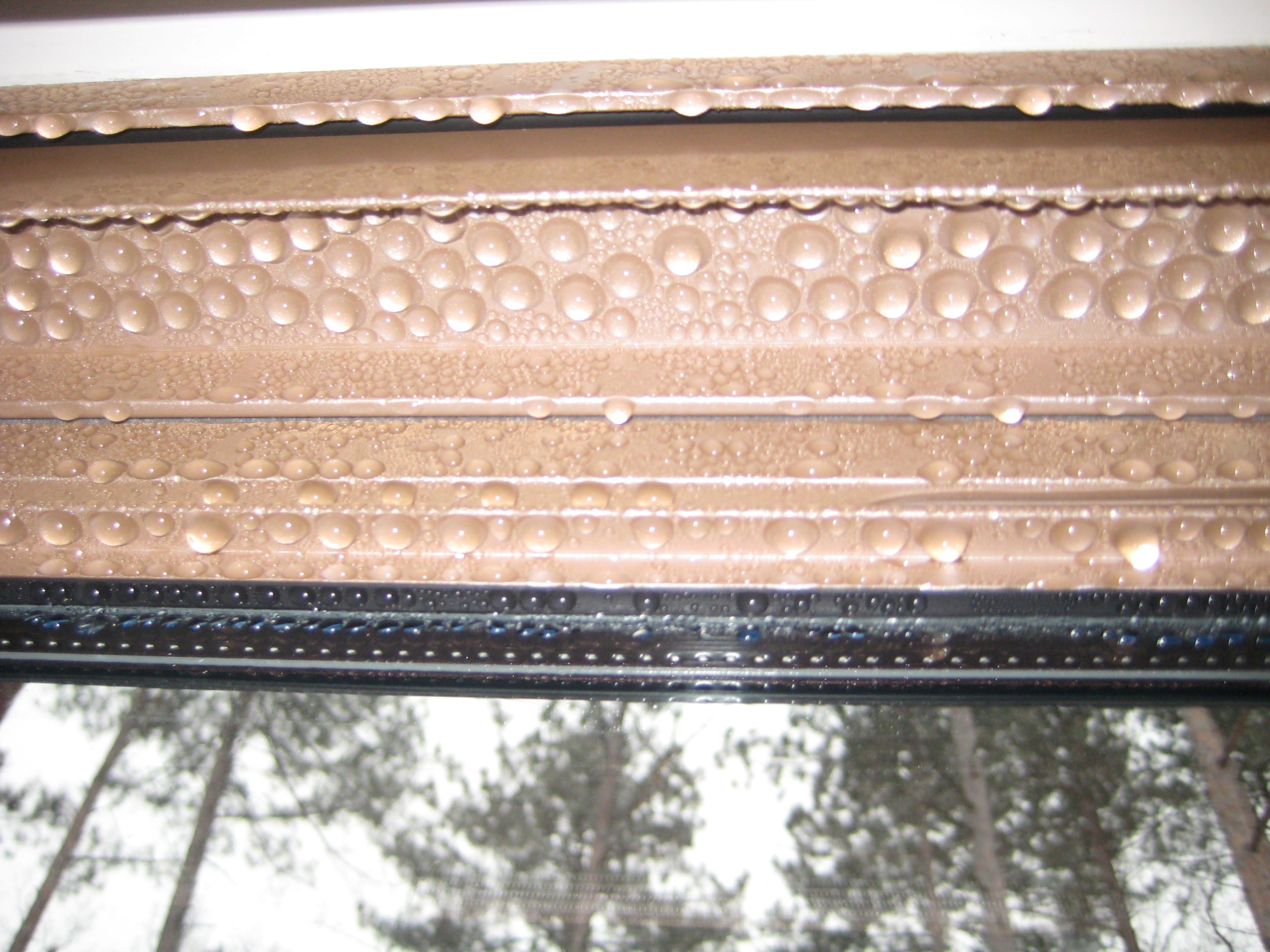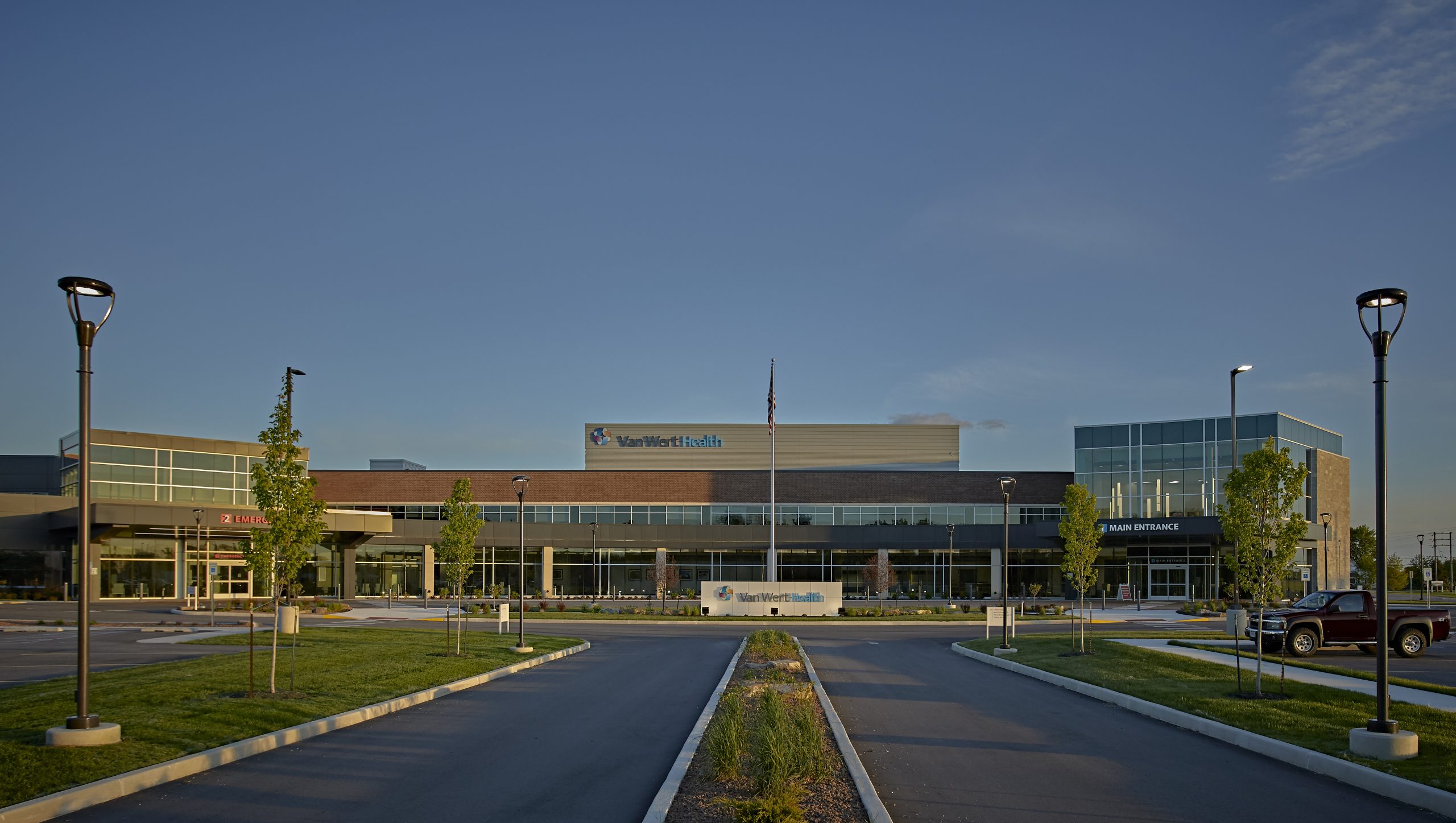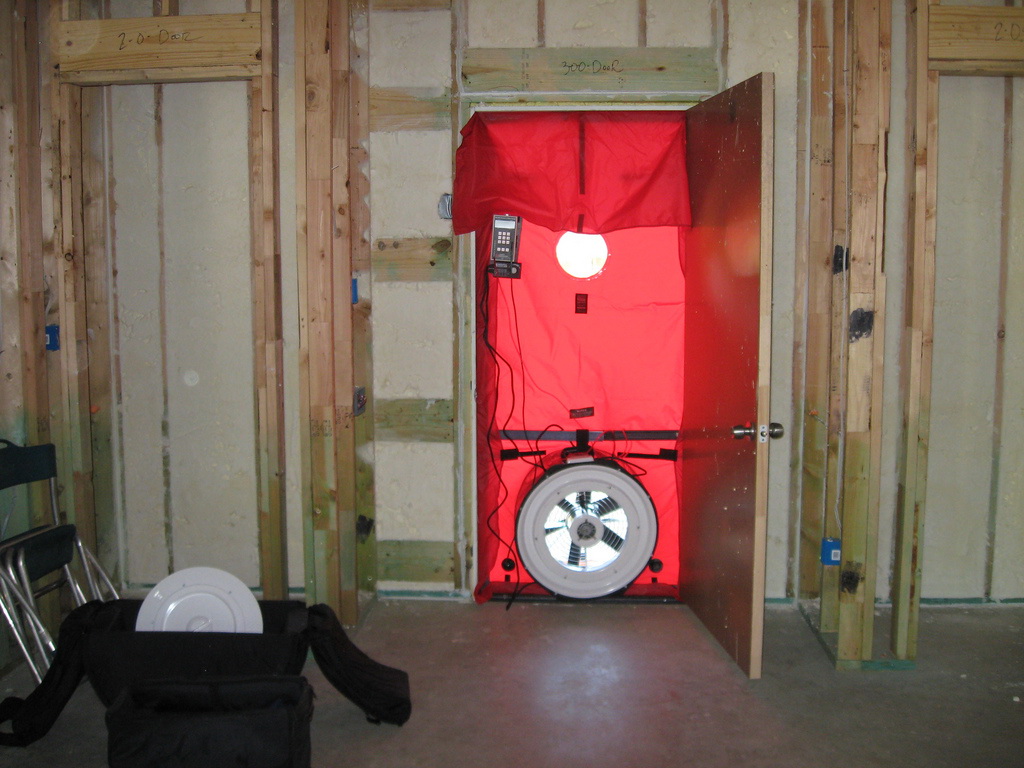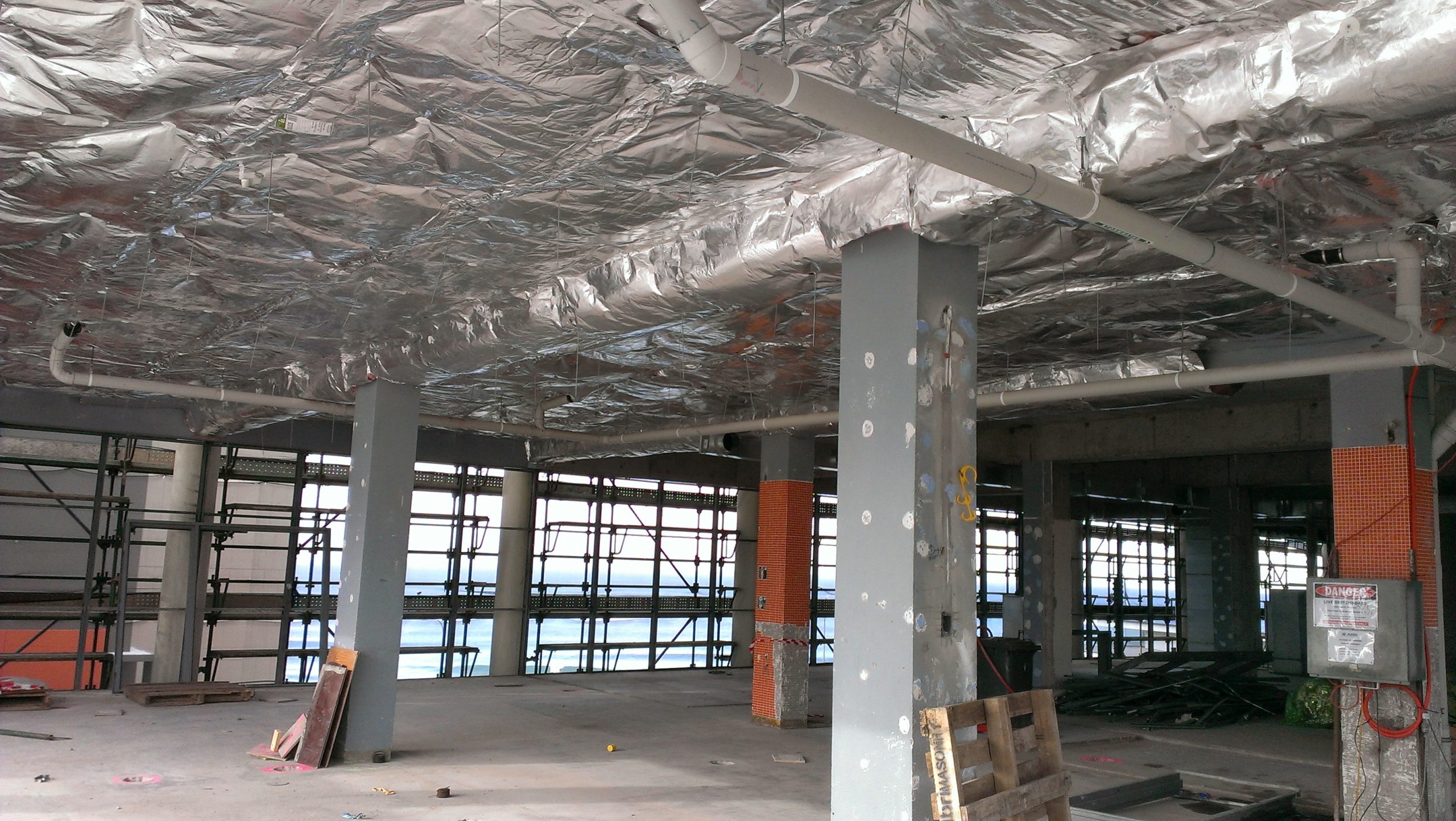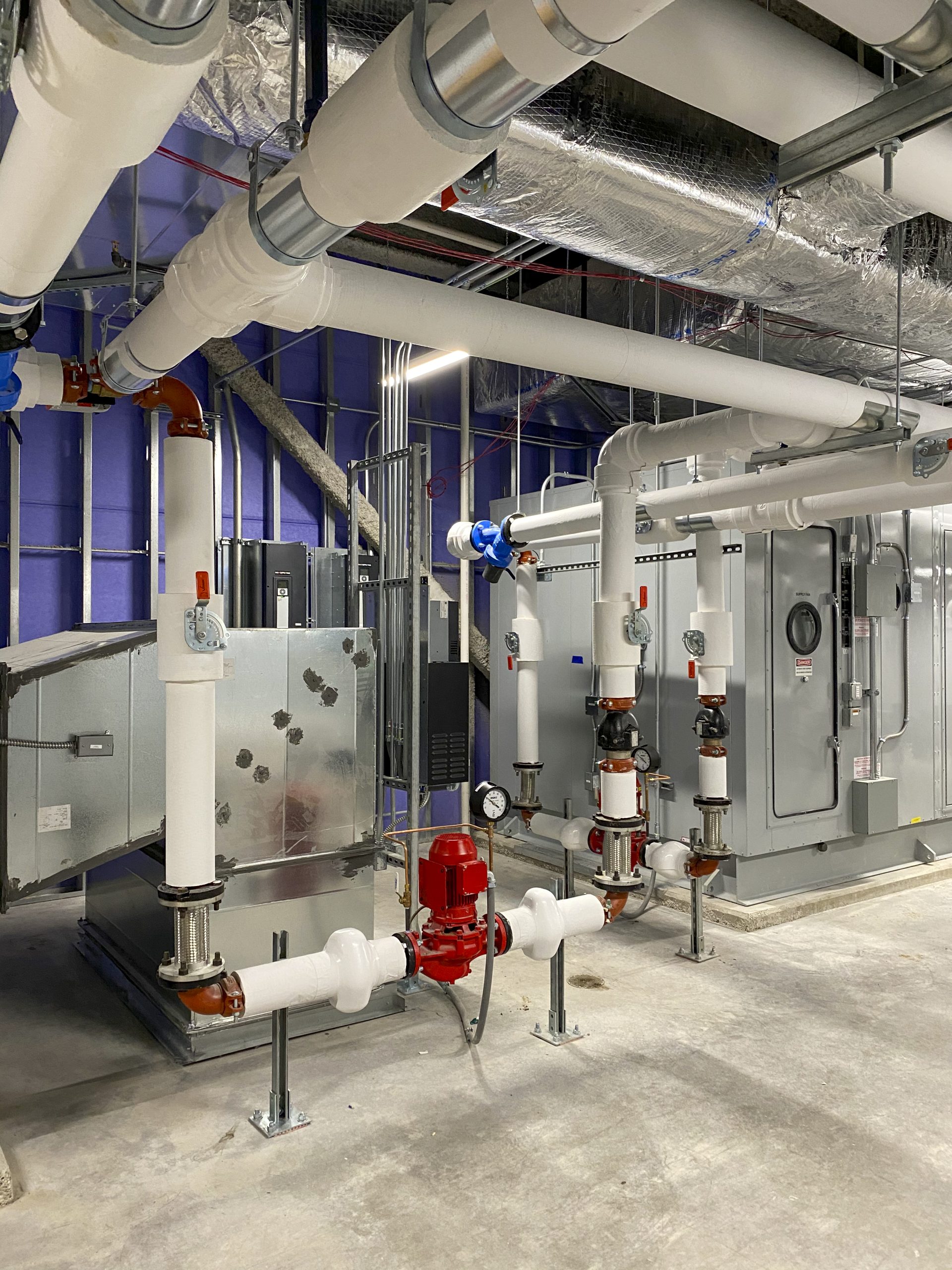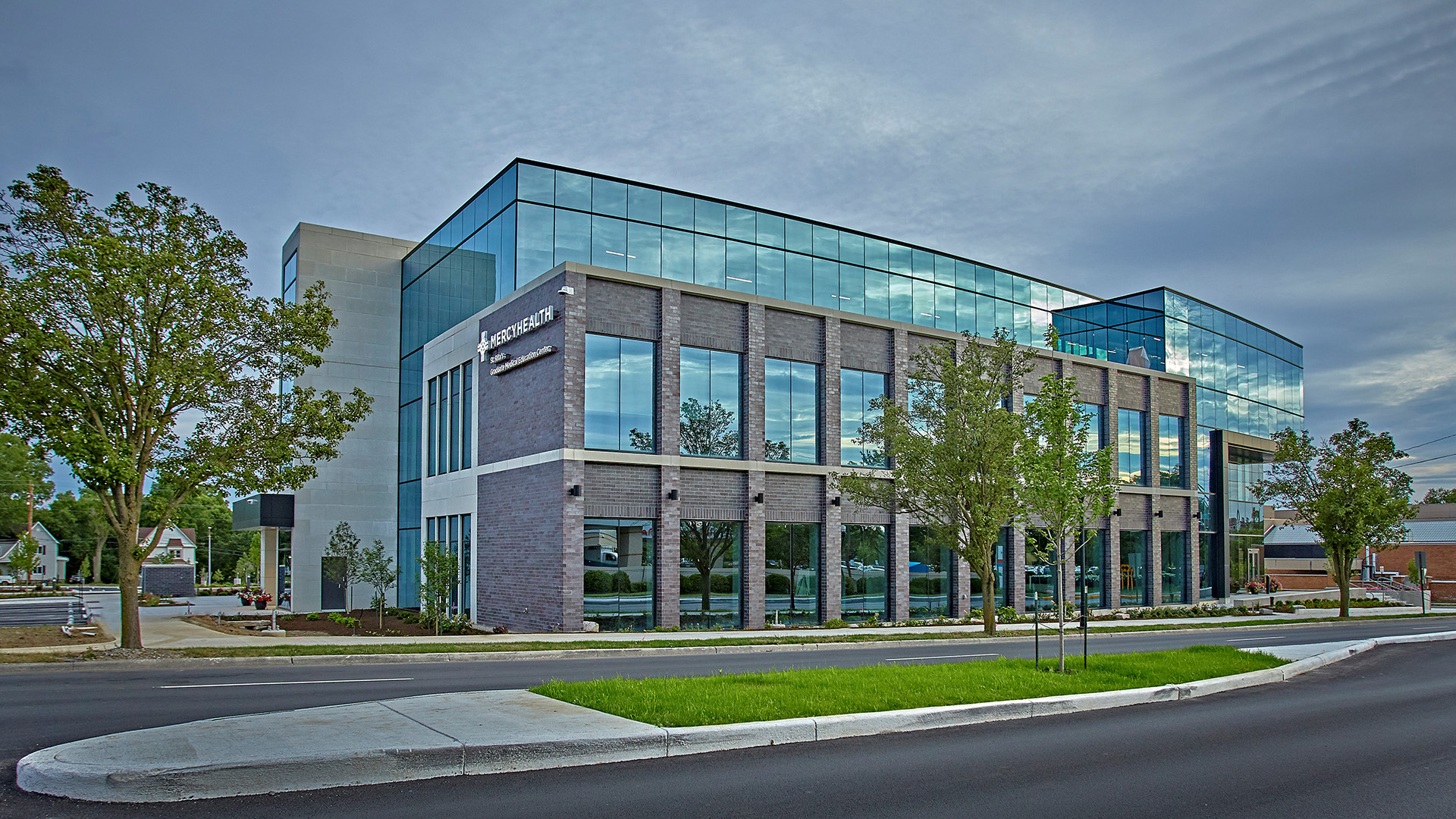The Silent Energy Drain in Healthcare Facilities: Managing Air Infiltration for Better Performance
By Craig Scully PE, LEED AP
April 2, 2025Post Tagged in
Imagine running a healthcare facility where the air you control so carefully is unintentionally sabotaging your energy efficiency, occupant comfort, and even patient safety. Surprised? You’re not alone.Air infiltration—a complex yet often overlooked issue—has become a silent energy drain in many healthcare environments. But the good news? With the right strategies, you can take control. |
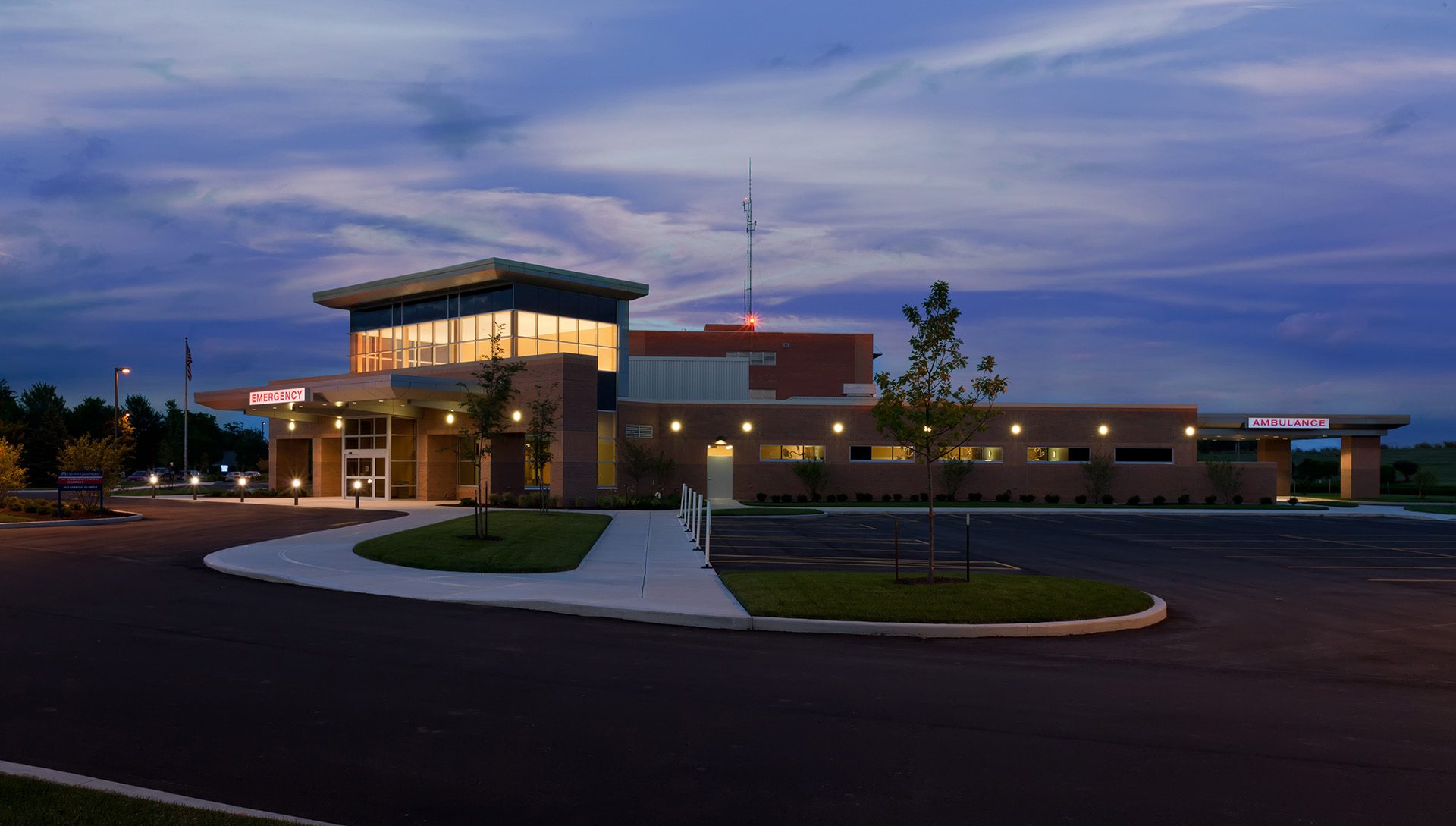
|

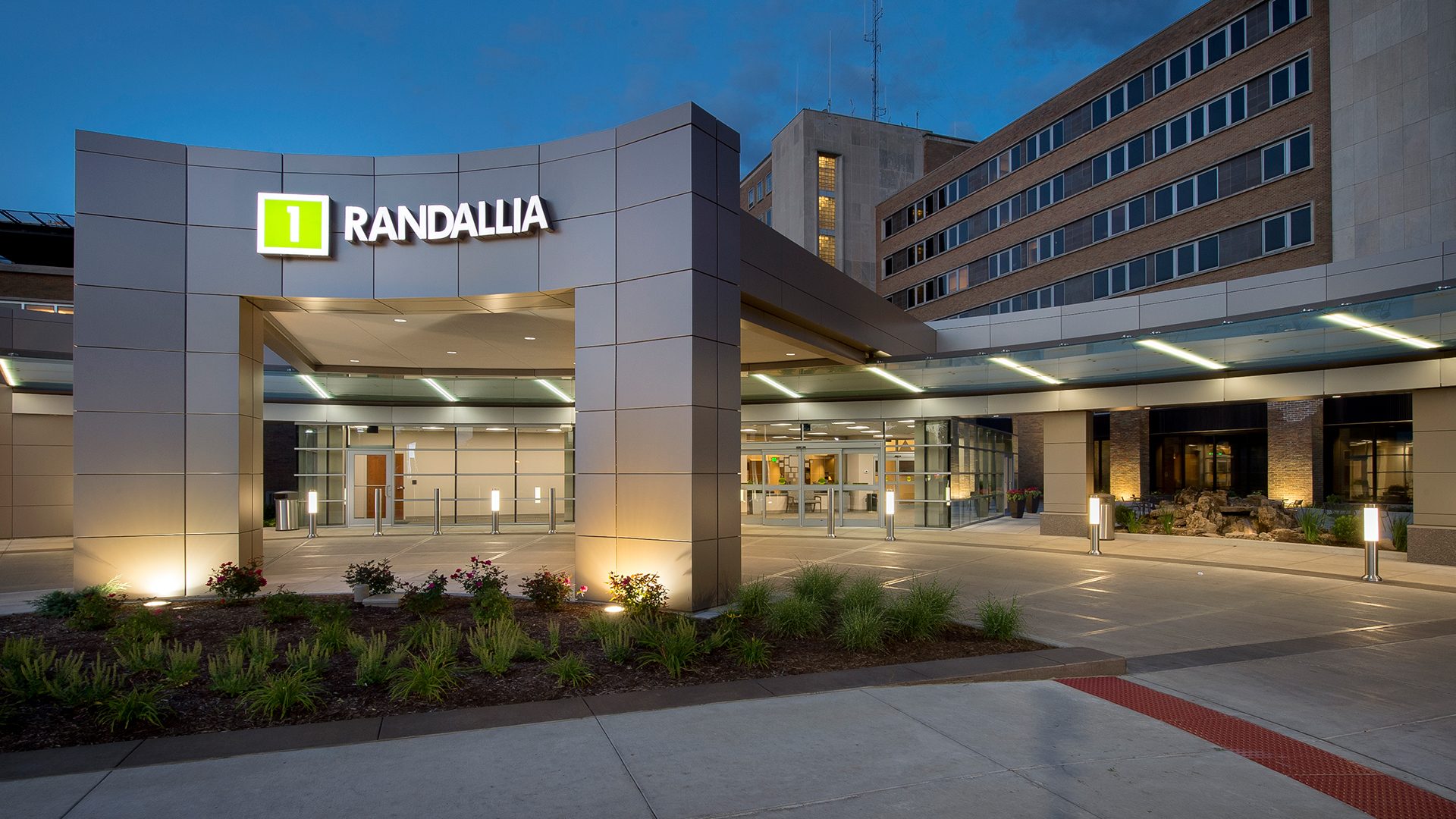 |
What is Air Infiltration and Why Does It Matter?Air infiltration occurs when uncontrolled air flows into or out of a building. This can include external air sneaking through cracks in the building envelope or unintended air exchanges between interior spaces, such as an office and a pharmacy. For healthcare facilities, where maintaining strict temperature, humidity, and pressure levels is critical, air infiltration can lead to significant operational challenges. Left unresolved, this can impact sterile environments, compromise indoor air quality (IAQ), increase energy demands, and disrupt patient safety. Types of Air MovementThere are three types of air movement:
By understanding these types, facility managers can identify infiltration patterns, assess risks, and implement targeted solutions. |
